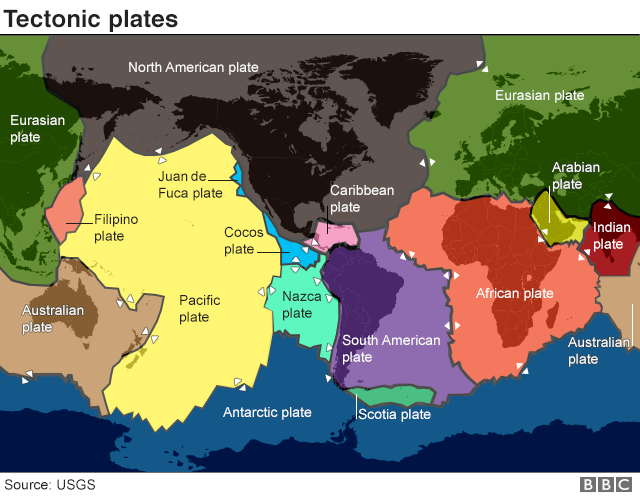How the Earth really works ?
Question : What would you put on your list of the great scientific breakthroughs of the 20th Century?
Answer : General relativity? Quantum mechanics? Something to do with genetics, perhaps?
One discovery that ought to be on everyone's rundown is plate tectonics - the description of how the rigid outer shell of our planet (its lithosphere) moves and is recycled.
The theory celebrates its 50th anniversary this year and some of the key players who put the framework together are currently in London to mark the occasion with a special conference at The Geological Society.
The truly great ideas in science not only seem brilliantly simple and intuitive when they come into focus, they also then have this extraordinary power to answer so many other questions in Nature.
It tells us why the Himalayas are so tall; why Mexico experiences damaging earthquakes; why Australia developed a diverse group of marsupials; and why Antarctica went into a deep freeze.

But when you're on the inside of the bubble, trying to make all the pieces of evidence fit into a coherent narrative - the solution seems very far from obvious.
"We had no idea what were the cause of earthquakes and volcanoes and things like that," recalls Dan McKenzie. "It's extraordinarily difficult now to put yourself back into the state of mind that we had when I was an undergraduate. And of course, the ideas I came up with are now taught in primary school."